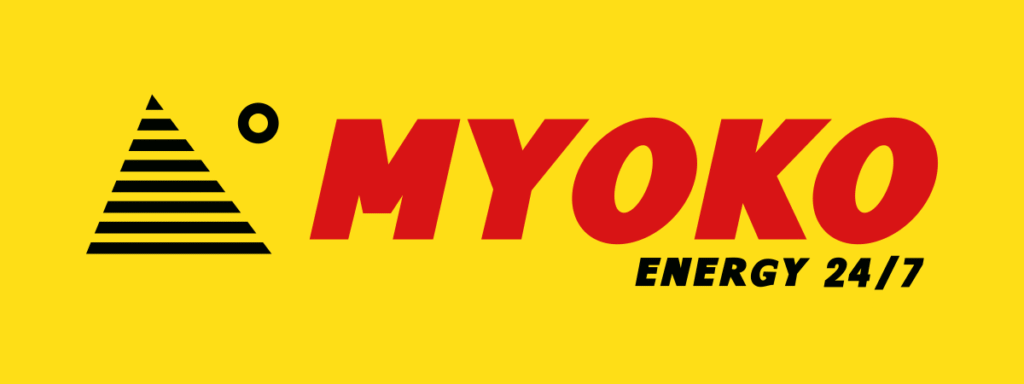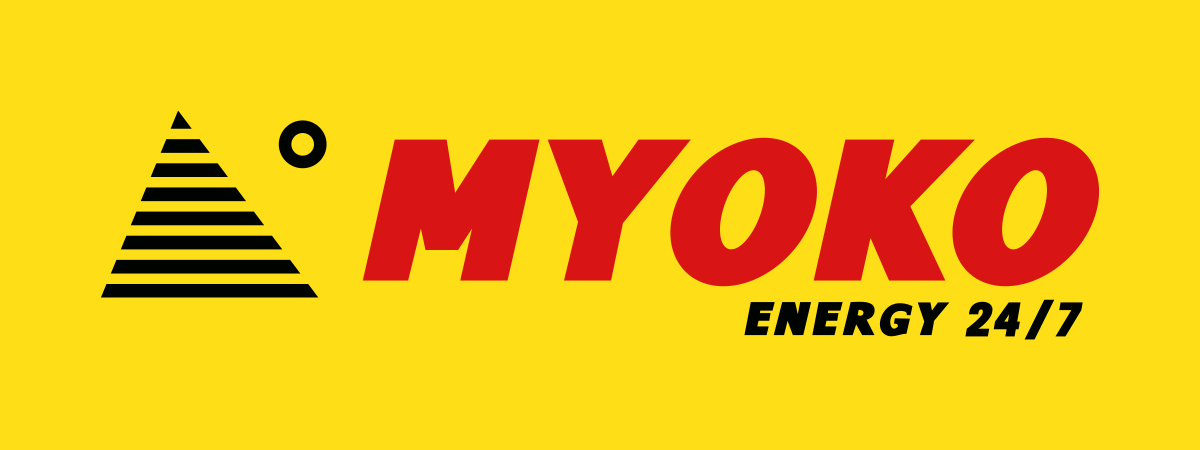
Imagine this: the power goes out suddenly, you walk confidently towards your inverter expecting backup power, but instead—you’re greeted with complete silence. No lights, no fan, nothing. The culprit? A “dead” inverter battery.
For many households and businesses, an inverter is a lifesaver during frequent power cuts. But here’s the thing—the battery is the heart of your inverter system. No matter how advanced your inverter is, if the battery stops working, the entire setup is useless.
Now, before you rush to buy a new battery, here’s some good news: in many cases, what seems like a “dead battery” can actually be revived or restored with the right approach. This not only saves you money but also extends the life of your existing battery.
In this blog, we’ll go deep into:
- Why inverter batteries die
- Signs your battery is failing
- Practical steps to revive a dead battery
- Pro tips to extend battery life so you don’t face the same issue again
Let’s roll up our sleeves and bring your inverter battery back to life!
Why Do Inverter Batteries Die?
Batteries don’t just “die” overnight—they gradually lose capacity due to several reasons:
- Lack of Maintenance – Not topping up distilled water, letting dirt accumulate, or loose connections.
- Overcharging or Deep Discharging – Both shorten the life cycle of batteries.
- Electrolyte Issues – Low water levels, acid stratification, or contaminated electrolyte.
- Sulfation – Over time, lead sulfate crystals harden on the battery plates, reducing efficiency.
- Old Age – Most inverter batteries last 3–5 years; beyond that, performance naturally drops.
Understanding the root cause helps you decide if revival is possible—or if replacement is the only option.
Signs That Your Battery Might Be “Dead”
Before jumping into revival steps, check if your battery shows these symptoms:
- Inverter backup lasts only a few minutes
- Battery isn’t charging even when connected
- Strong smell (like rotten eggs) while charging
- Visible swelling or leakage in the battery
- Inverter constantly beeps showing “low battery”
Important: If your battery is physically damaged, swollen, or leaking, do not attempt revival—it’s unsafe. Replace it immediately.
Step-by-Step Solutions to Revive a Dead Inverter Battery
Reviving a dead battery is not always about doing one quick fix—it’s about carefully checking every possible issue and addressing it systematically. Let’s break down each step in detail:
1. Check and Refill Electrolyte Levels
The electrolyte inside your inverter battery is a mixture of distilled water and sulfuric acid. Its main job is to allow the flow of current between the plates. If the water level falls below the recommended mark, the plates get exposed to air, which leads to permanent damage.
Here’s what you should do:
- Open the vent caps one by one.
- Look inside carefully—if you see the plates exposed, it means the electrolyte is too low.
- Add only distilled water until the level reaches the indicator mark. Never use tap water because it contains minerals that damage the plates.
This one step alone can often bring a “dead” battery back to life. Many times, homeowners forget to top up water regularly, and the battery simply dries out. Once topped up, put the battery on charge for several hours and check again.
2. Clean Battery Terminals and Connections
Corrosion on battery terminals is another silent killer. Over time, a white or greenish layer builds up on the terminals. This buildup restricts current flow, making the battery appear “dead” even though it still has life left in it.
How to fix it:
- Disconnect the wires from the terminals.
- Mix baking soda with a little water and apply it to the corroded areas.
- Scrub gently with a brush until the metal shines again.
- Wipe clean and reconnect the cables tightly.
Think of this step as clearing a blocked pipeline—once the path is clear, electricity can flow smoothly again. Many people are surprised to see their battery working fine after just a good cleaning session!
3. Slow Charging with a Dedicated Charger
Sometimes, when a battery is deeply discharged, the inverter’s built-in charger is not powerful enough to wake it up. In such cases, you need to use a separate battery charger.
Here’s how:
- Connect your battery to a trickle charger or a smart charger.
- Let it charge slowly for 10–12 hours without interruption.
- Once charged, reconnect it to the inverter and test the backup time.
Why does this work? Think of it like reviving a person who fainted. You don’t shake them violently—you gently provide oxygen and water until they recover. Similarly, a slow, steady charge gives the battery time to regain strength without overheating.
4. Equalization Charge (For Flooded Batteries Only)
Flooded lead-acid batteries often suffer from stratification, where the acid becomes denser at the bottom and lighter at the top. This imbalance weakens the battery’s performance.
To fix this, technicians use an equalization charge:
- The battery is charged at a slightly higher voltage than normal for a controlled time.
- This stirs the electrolyte, mixes it evenly, and breaks down stubborn sulfate crystals on the plates.
️ Note: Equalization should only be done occasionally and preferably by someone with technical knowledge. Doing it incorrectly may overheat or damage the battery.
5. Electrolyte Replacement (Advanced Fix)
If the electrolyte inside has become too weak or contaminated over the years, simply adding water won’t help. In such cases, replacing the electrolyte can sometimes revive the battery.
The process includes:
- Draining out the old electrolyte completely.
- Preparing a fresh solution of sulfuric acid and distilled water in the right ratio.
- Refilling the battery and recharging it fully.
This method can bring an old battery back to life for a few more months or even a year. However, it involves handling acid, which is risky—so only attempt this if you’re experienced or get professional help.
6. Use Desulfation Additives or Pulse Devices
One of the biggest reasons inverter batteries die is sulfation—when lead sulfate crystals harden on the battery plates. Normal charging cannot dissolve them, so the battery refuses to hold charge.
Solutions:
- Additives (chemicals) are available in the market that claim to dissolve sulfation slowly.
- More advanced is a pulse desulfator device, which sends high-frequency pulses into the battery, breaking down the crystals and restoring plate activity.
Think of this like unclogging arteries in the human body—once the blockages are cleared, the battery can breathe again.
Pro Tips to Extend Battery Life After Revival
Now that you’ve revived your battery, the next step is to make sure it stays healthy for as long as possible. Here are some practical, everyday tips:
- Top Up Regularly – Check water levels once every 2–3 months. If the plates are exposed, add distilled water immediately.
- Keep It Ventilated – Always place the battery in a room with good airflow. This prevents overheating and reduces the risk of harmful gas buildup.
- Don’t Overload – Your inverter has a specific capacity. Connecting too many appliances forces the battery to discharge deeply, which shortens its lifespan.
- Recharge After Every Power Cut – Never leave your battery half-discharged for long. Always recharge it fully at the next opportunity.
- Do a Full Cycle Occasionally – Once every few months, allow the battery to discharge fully (within safe limits) and then recharge. This keeps it active and prevents sulfation.
- Clean Terminals Regularly – Don’t wait for corrosion to build up. A quick wipe every few months keeps current flow smooth.
- Avoid Long Storage Without Use – If your area doesn’t have frequent power cuts, your inverter battery may sit idle. In such cases, disconnect and give it a full charge every 2–3 months to keep it alive.
Why Choose Myoko Tubular Batteries?
At Myoko Energy 24/7, we manufacture world-class tubular inverter batteries designed for long life, extreme temperature resistance, and reliable backup.
- Made for Indian & global climates – Our C10 & C20 tubular batteries handle high temperatures better than regular brands.
- Export quality – Trusted in over 20+ countries.
- Low maintenance, high durability – Less topping up, longer lifespan.
- Perfect for home, office, and industrial use.
So, if your old battery has truly reached the end of its life, don’t risk downtime—upgrade to Myoko tubular battery and enjoy uninterrupted power, always.
Conclusion
Reviving a dead inverter battery is possible in many cases—with the right approach. From topping up distilled water to giving a slow charge or cleaning terminals, simple steps can breathe new life into your battery. For advanced fixes, always seek professional help.
But remember, no battery lasts forever. If your battery is too old or too weak, replacing it with a reliable one is the smarter choice. And when it comes to durability, performance, and trust, Myoko tubular batteries are your best partners for uninterrupted power.
Don’t wait until the next power cut leaves you in the dark—choose a reliable inverter battery today.


